A processor ISA provides an abstraction against which to verify an implementation. We look here at a paper extending this concept to accelerators, for verification of how these interact with processors and software. Paul Cunningham (GM, Verification at Cadence), Raúl Camposano (Silicon Catalyst, entrepreneur, former Synopsys… Read More
Author: Bernard Murphy
More Tales from the NoC Trenches
Science texts like to present the evolution of knowledge as step-function transitions, from ignorance to wisdom. We used to think the sun revolved around the earth. Then Galileo appeared, and we instantly realized that the earth revolves around the sun. But reality is always messier, as Galileo understood all too well. The transition… Read More
Arm Shifts Up With SOAFEE
We’re always hearing about shift-left, advances enabling system designers to start various aspects of their development and validation earlier. In support of this goal for automotive developers, Arm recently announced their Scalable Open Architecture for Embedded Edge (SOAFEE). SOAFEE is a software platform (with reference… Read More
Formal Methods for Aircraft Standards Compliance
When promoting adoption of formal methods in functional verification, there are two hurdles to overcome: one technical, the other people. The first is a comfortable and familiar challenge for us engineers. Take the course, pass the test, get the certificate. Very mechanical and deterministic. People on the other hand are non-deterministic… Read More
Verifications Horizons 2021, Now More Siemens
In a discussion with Tom Fitzpatrick of Siemens EDA he recalled that their Verification Horizons newsletter started 17 years ago, back when they were Mentor. We’ve known about the Siemens acquisition for a while. The deal closed in March 2017, but it wasn’t until January 1, 2021 that the legal entity merger was complete. Which makes… Read More
Smoothing the Path to NoC Adoption
We’re creatures of habit. As technologists, we want to move fast and break things, but only on our terms. Everything else should remain the same or improve with minimum disruption. No fair breaking the way we do our jobs as we plot a path to greatness. This is irrational, of course. Real progress often demands essential changes where… Read More
Side Channel Analysis at RTL. Innovation in Verification
Roots of trust can’t prevent attacks through side-channels which monitor total power consumption or execution timing. Correcting weakness to such attacks requires pre-silicon vulnerability analysis. Paul Cunningham (GM, Verification at Cadence), Raúl Camposano (Silicon Catalyst, entrepreneur, former Synopsys CTO)… Read More
Ultra-Wide Band Finds New Relevance
Do you use Tile or other Bluetooth tracking devices? If so, you know that such devices, attached to your car keys or wallet, created a small stir. A way to track down something you can’t find. Very neat but hardly revolutionary. One of those consumer tchotchkes as likely to be handed out as trade-show swag as purchased.
So why did Apple… Read More
Controlling the Automotive Network – CAN and TSN Update
Cars are hotbeds of systems innovation. I’ve been fortunate to be asked to write about many of these areas, from the MEMS underlying sensors to ISPs and radars, intelligent imaging and sensor fusion. And many aspects of design for safety within the SoCs around a car. But I haven’t written much about the networks connecting these … Read More
Debugging Embedded Software on Veloce
Arm provides great support for debugging embedded software in its CoreSight tools, but what support do you have if you’re debugging hardware and software together in a pre-implementation design? In a hardware debugger you have lots of support for hardware views like waveforms and register states. But these aren’t well connected… Read More

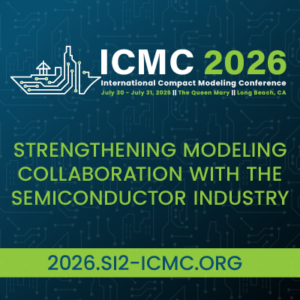
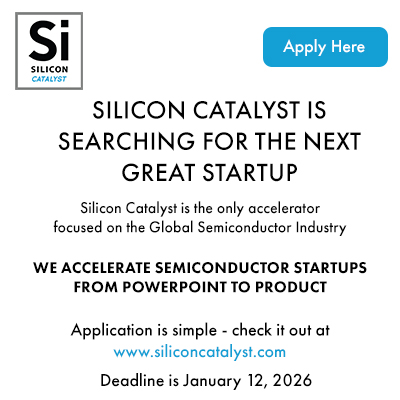




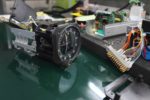






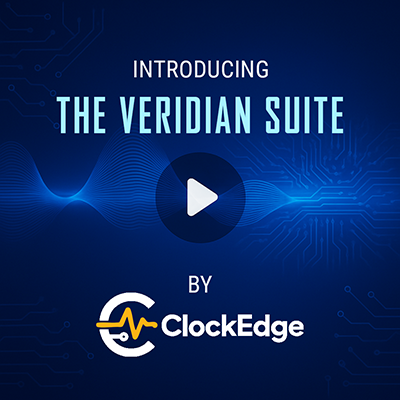

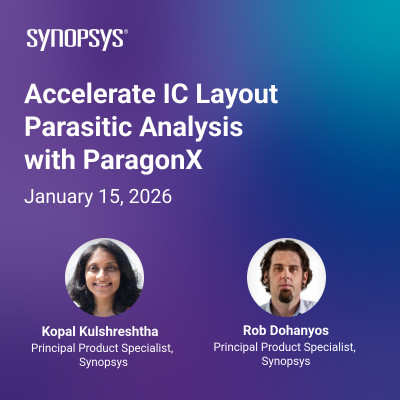
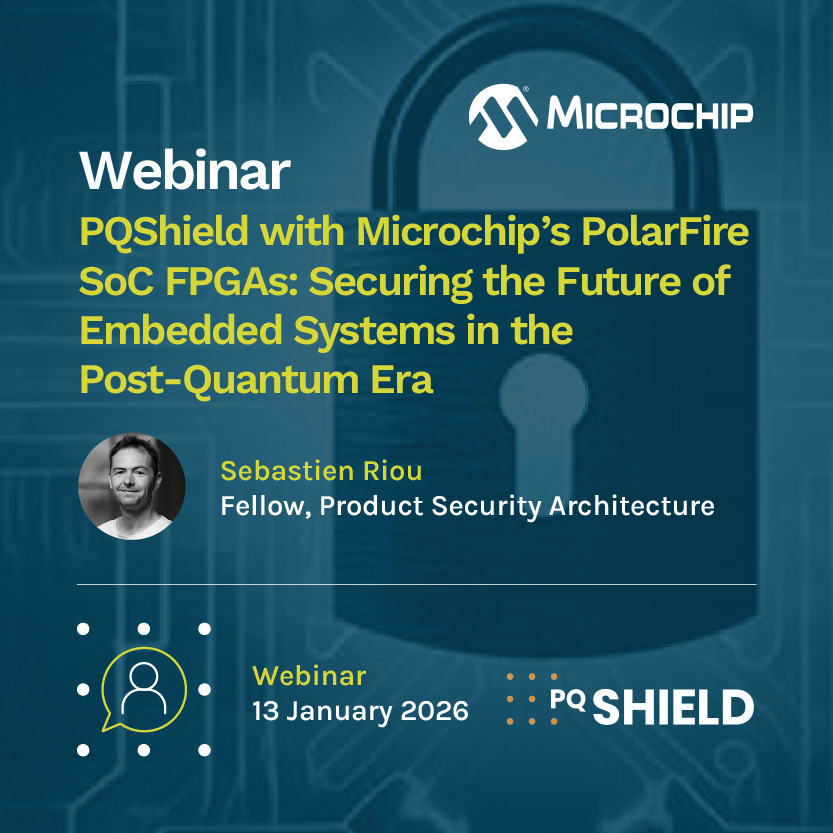



Quantum Computing Technologies and Challenges